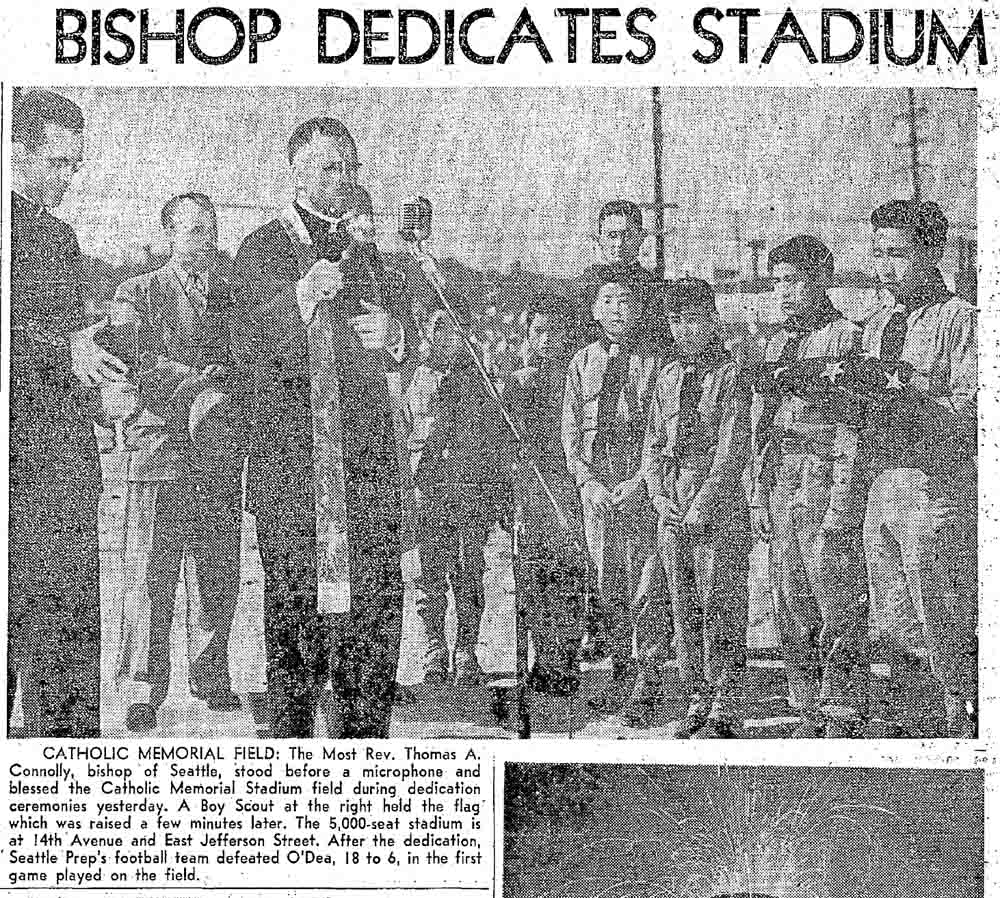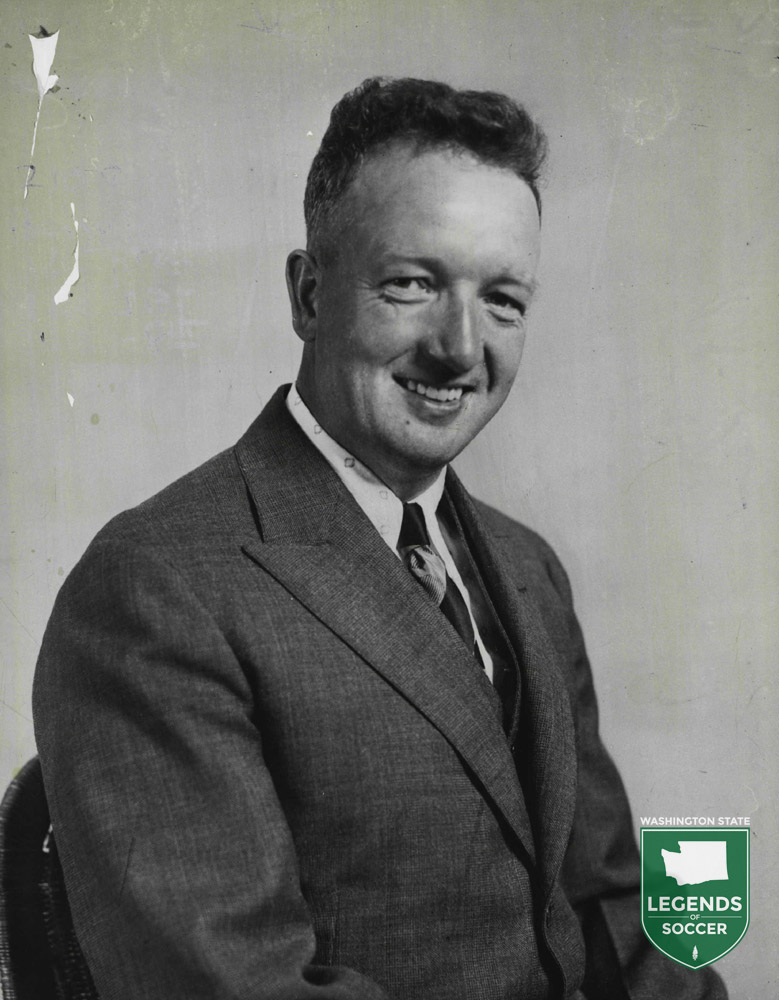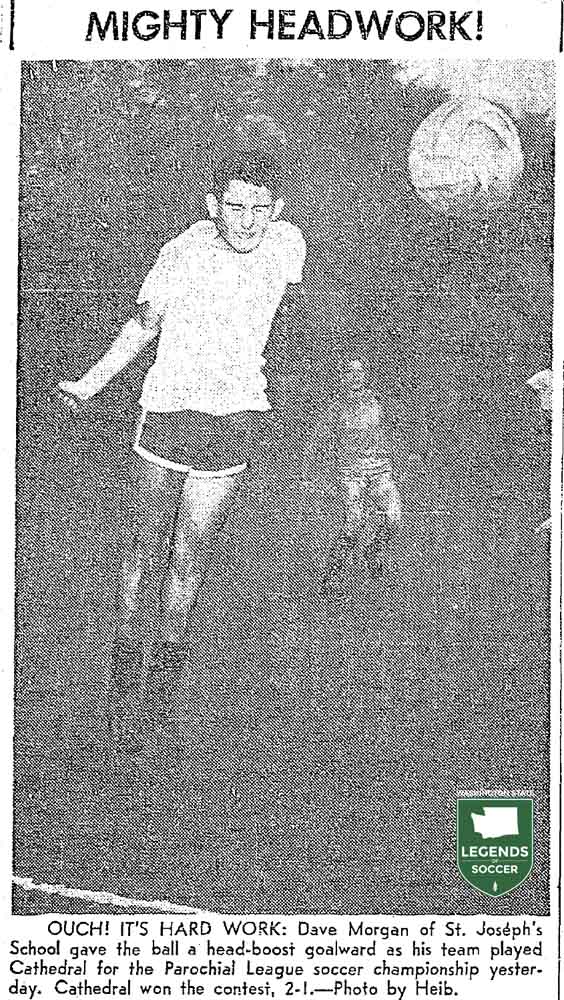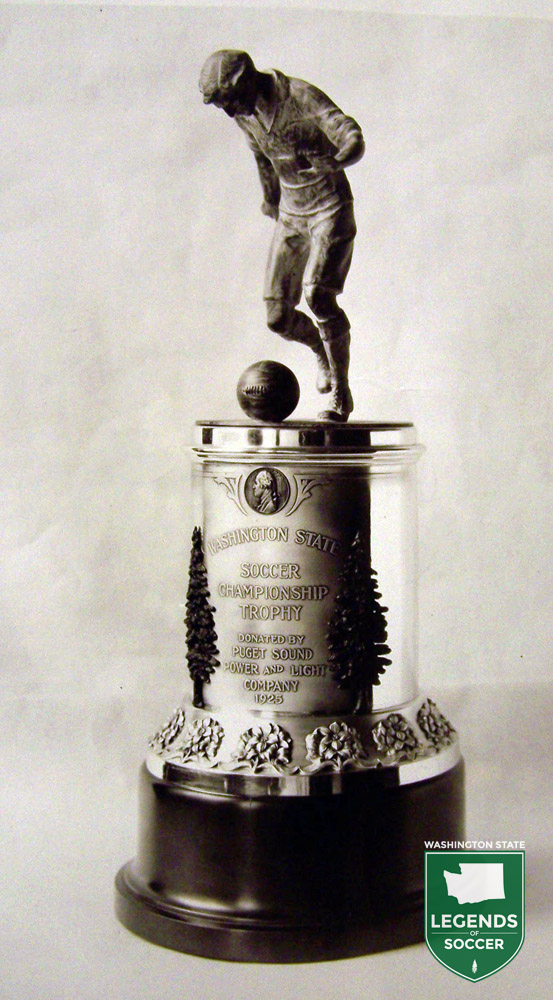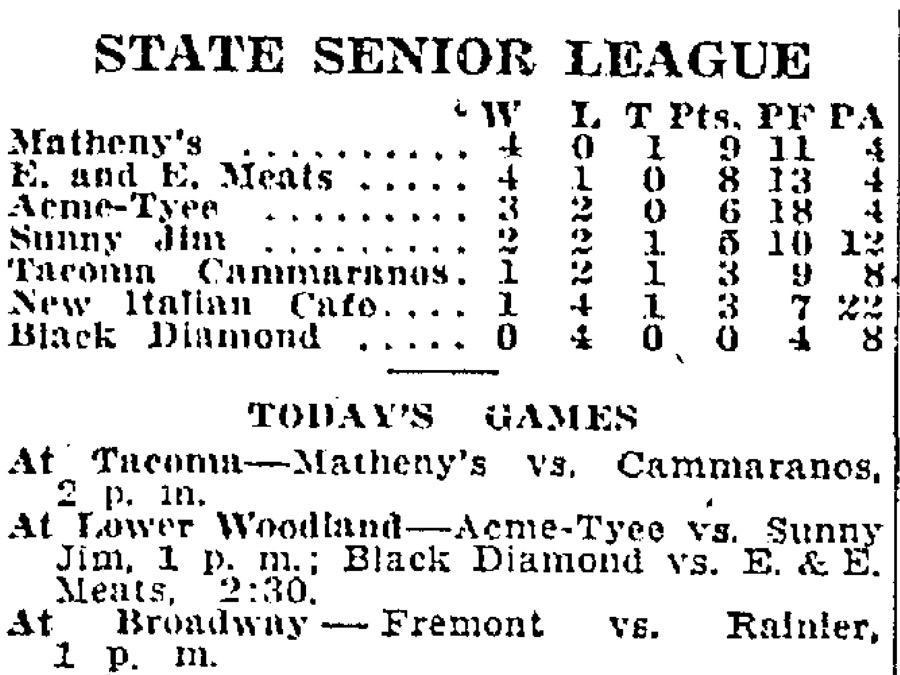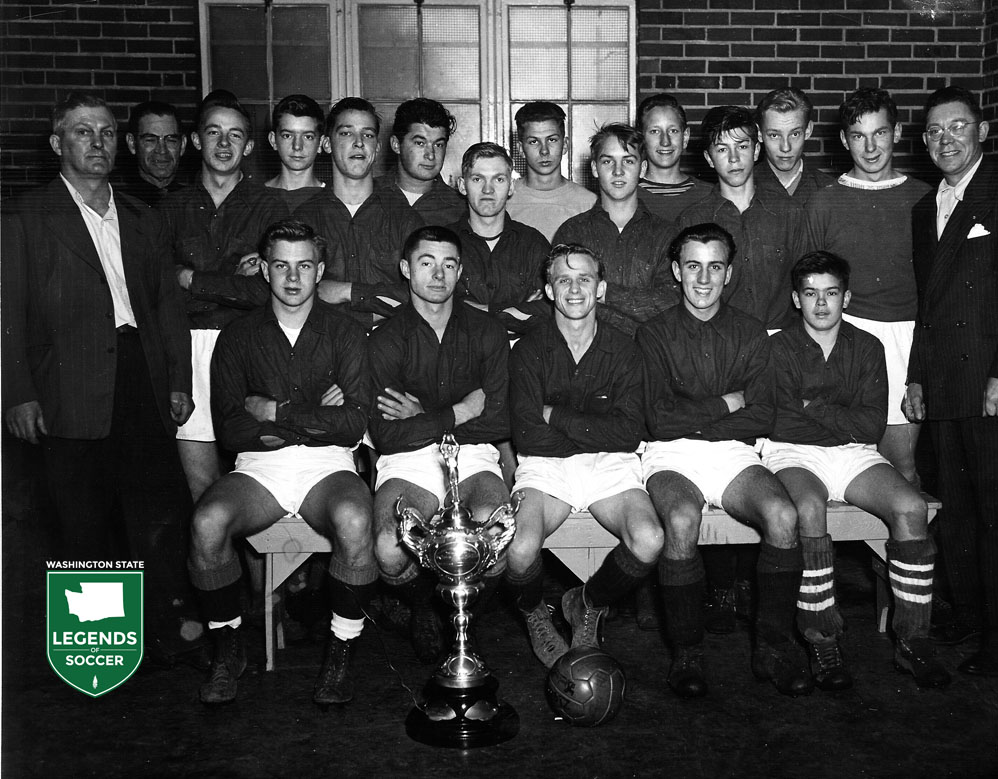1950 – Around the World and Close to Home
Just as McCarthyism winds down in D.C., a costly ‘police action’ begins on the Korean Peninsula. Meanwhile, at home, Seattle’s Northgate becomes the nation’s first shopping mall, Seafair is introduced to King County’s summertime tradition and, in sports, the Stan Sayres-piloted hydroplane Slo-mo-shun IV shatters the world speed record on water, hitting 160mph on Lake Washington.
Big News But Few Headlines
Soccer’s profile remains relatively low, but in a watershed year for the National Team, a Washingtonian is plucked from seeming obscurity to be honored nationally.
More than four months before the United States pulls off the biggest shock in World Cup history to date, George P. “Barney” Kempton is among the 16 men who form the charter class of what becomes the National Soccer Hall of Fame. Kempton is the only inductee hailing from west of the Rockies and among just three from west of the Mississippi River.
Kempton, 60 and a native of Ireland, had immigrated in 1910 and come north from San Francisco in 1914. Immediately he became one of the state’s top players. Numerous clubs, from Seattle Construction to Maple Leaf to Dr. Reid’s Electros, rose to the top of the state league due to his attacking exploits and inspiration. After his playing days Kempton served the game as an administrator and promoter. He organized the parochial schools’ program, served as junior soccer commissioner to the state association and introduced soccer to the state reformatory.
In 1926 Kempton offered to mail anyone a copy of the Rules of the Game for the price of a postage stamp. He organized interregional play and benefit matches and also promoted the game and state league play through his contributing stories to the Seattle Post-Intelligencer. He is among the first to be known around Puget Sound as Mr. Soccer.
Still, little mention is made locally of Kempton’s induction, and the Americans’ triumph over England in Belo Horizonte barely registers a blip on the radar either.
Among those lost to the soccer community is William H. “Bill” Chapman, 77. Since 1905, the England-born Chapman had been prominent as an organizer. He served as state association president for 23 years before retiring in 1949.
On the field, Edmund Craggs is ushering in a new era. After forming Fremont Boys Club into a perennial youth power, the boys join the senior division of the state league for the fall of 1950.

